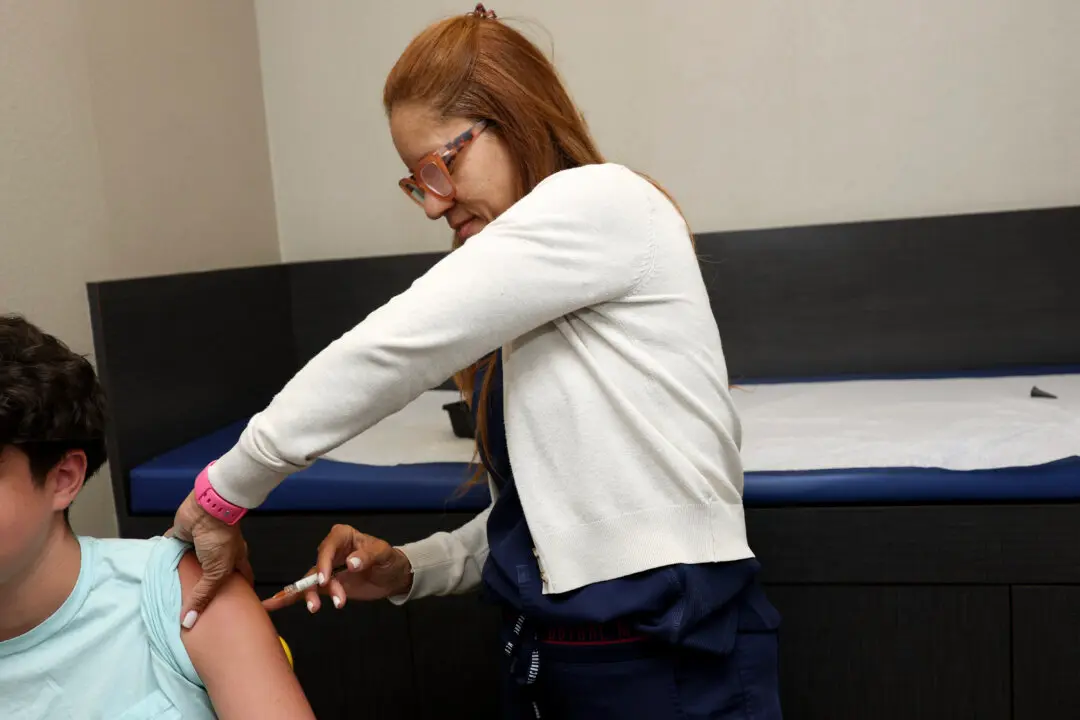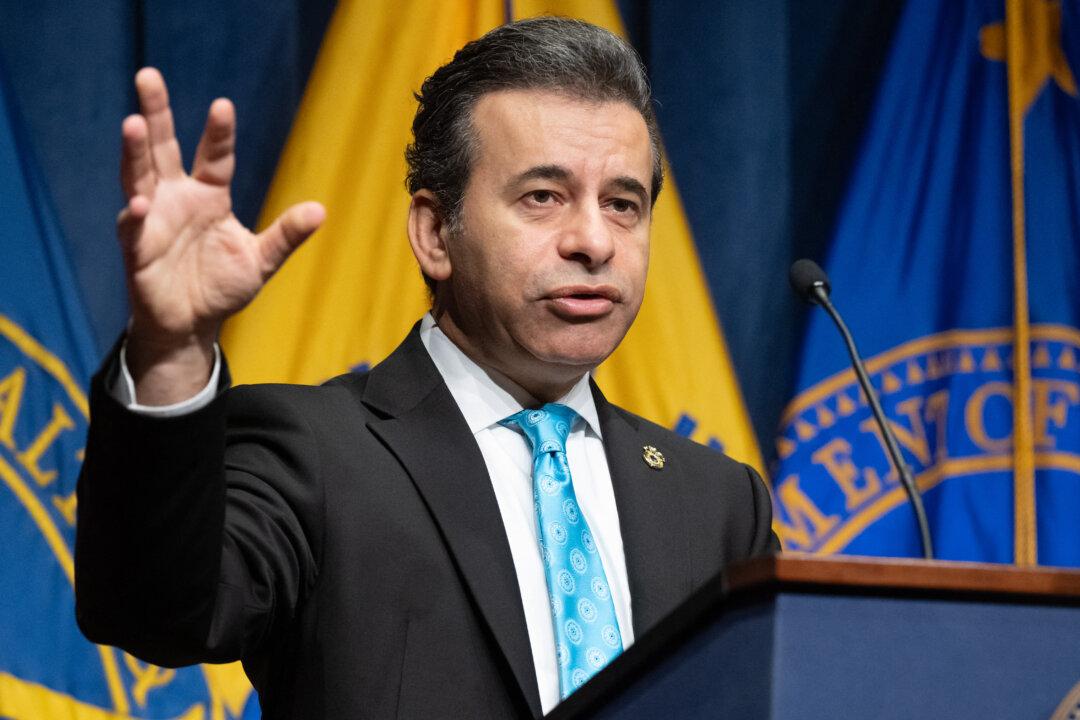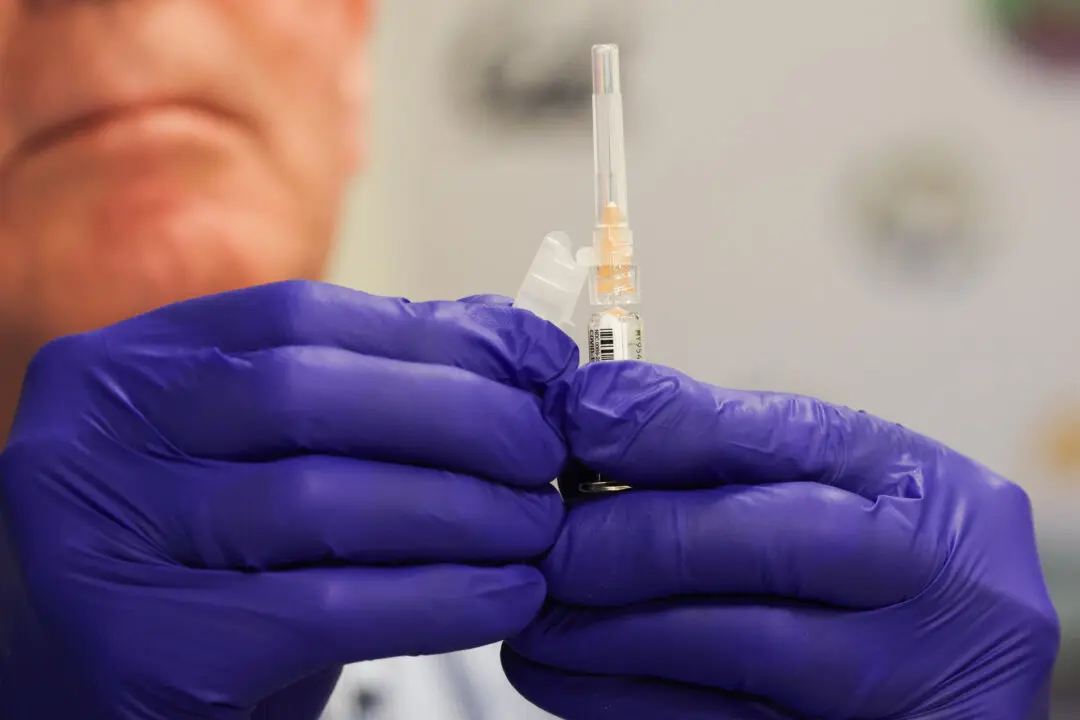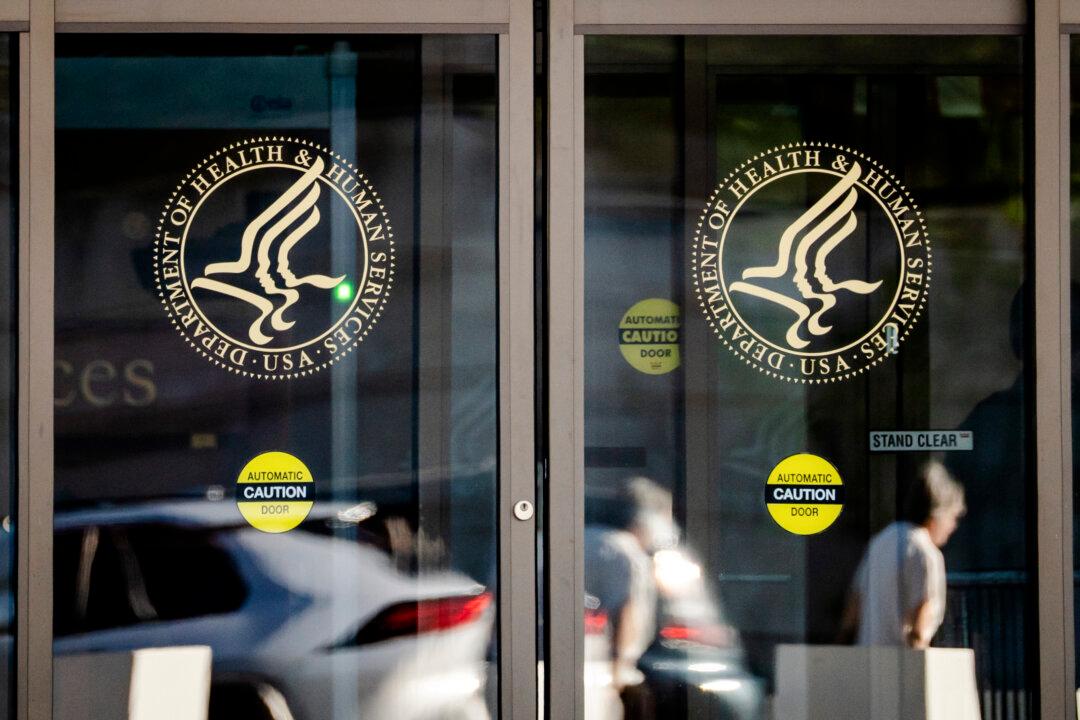NEW YORK—Cornell University and Technion-Israel Institute of Technology won the Applied Sciences NYC campus call for proposals, announced Mayor Bloomberg on Monday.
“Today will be remembered as a defining moment,” said Bloomberg at a press conference. “History will write that this was a game-changing time in New York City.”
Applied Sciences NYC is the city’s initiative to stimulate economic growth, maintain global competitiveness, and meet the local demand for top scientists and engineers. Last year it challenged top institutions around the world to submit proposals for a new or expanded applied sciences and engineering campus in New York City.
The partnership between Cornell and the Technion bested six other qualifying responses from 17 world-class institutions, including a solo entry from Columbia University and a global six-university partnership headed by New York University.







